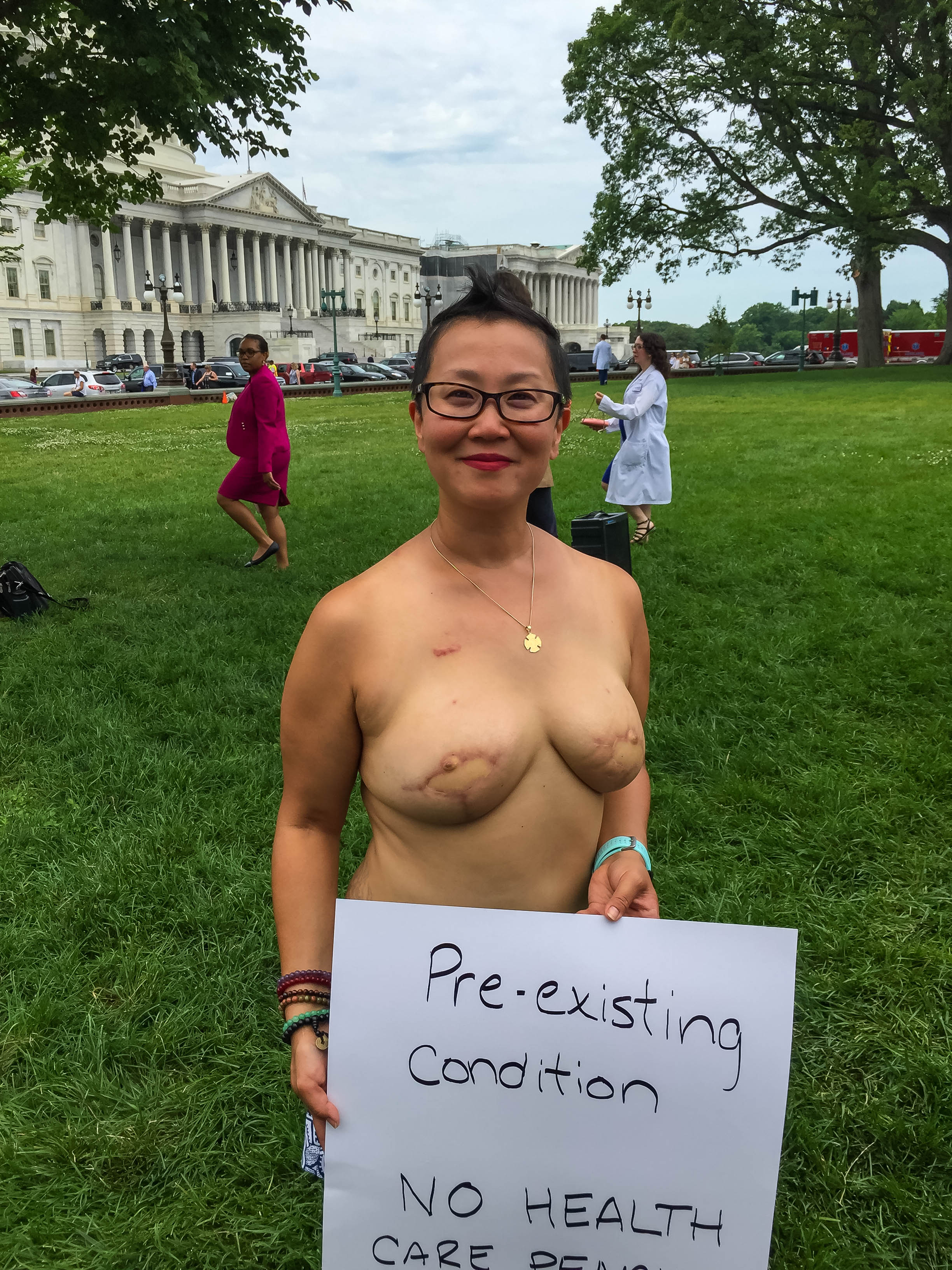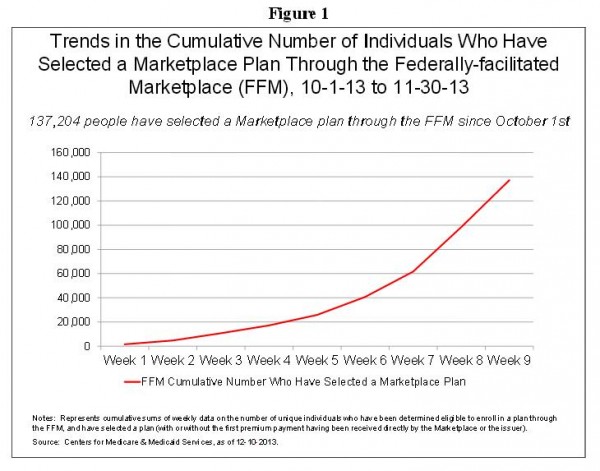Via Kevin Drum, Paul Waldman presents a truly epic post demonstrating that many insurers’ claims that rates are going up because of the Affordable Care Act are misleading and deceptive. The press seems to have been duped into thinking that thousands of people are seeing their rates go up because insurers are telling them so. But in fact, Waldman writes, many of the so-called Obamacare victims will actually benefit from the law.
What’s happening, according to Waldman, is a classic insurer bait-and-switch:
I want to talk about the thing that spawns some of these phony Obamacare victim stories: the letters that insurers are sending to people in the individual market….There’s something fishy going on here, not just from the reporters, but from the insurance companies. It’s time somebody did a detailed investigation of these letters to find out just what they’re telling their customers.
….If the woman I discussed from that NBC story is any indication, what the insurance company is offering is something much more expensive, even though they might have something cheaper available. They may be taking the opportunity to try to shunt people into higher-priced plans. It’s as though you get a letter from your car dealer saying, “That 2010 Toyota Corolla you’re leasing has been recalled. We can supply you with a Toyota Avalon for twice the price.” They’re not telling you that you can also get a 2013 Toyota Corolla for something like what you’re paying now.
I’m not sure that’s what’s happening, and it may be happening only with some insurers but not others. But with hundreds of thousands of these letters going out and frightening people into thinking they have no choice but to sign up for a much more expensive plan, it’s definitely something someone should look into. Like, say, giant news organizations with lots of money and resources.
If what Waldman says is true, that is indeed grotesque behavior, and one that the press should be investigating instead of getting their stories from the Republican National Committee.
But there is another thing. It also violates century-old federal law. The press isn’t the only institutioin that should be looking into this.
Section 5 of the Federal Trade Commission Act (15 USC 45) prohibits ‘‘unfair or deceptive acts or practices in or affecting commerce.’’ This is not an obscure law; it has been enforced for decades, despite conservative objections and more recent attempts by deceptive businesses to have it declared unconstitutional. Any insurer claiming that a consumer must purchase a more expensive policy than what it also offered, and certainly claiming that a consumer must do so because of the Affordable Care Act, is violating the Federal Trade Commission Act. This is not a close call.
When an insurer tells a consumer that his or her rates are going up because of the Affordable Care Act, and that is not the cause of the increase, it violates federal law. This is also not a close call, although there is some ambiguity if the insurer can show that it had a reasonable belief that the ACA was the cause. Insurers, however, know very well why their prices are going up. Any insurer who says, “Gosh, we raised prices but we really didn’t know why, but we thought it was the ACA,” is essentially admitting that it doesn’t know what it is doing. These claims should be treated with skepticism.
The trickier question is what happens when someone’s employer claims to its workers that their contributions to their insurance are going up because of the ACA. Suppose Hobby Lobby (assuming it provides coverage) writes a letter to its employees telling them that they have to pay more because of Evil Kenyan Marxist Islamist Obama. It knows that this is nonsense: it just wants to make its employees hate Obama as much as it does. There are two questions here. First, is this communication “in” or does it “affect commerce.” If employees could change or alter their health plans because of it, then I would say yes. If it is simple right-wing agitprop, I’m not so sure. Second, at some point deception turns into a First Amendment issue. If you couldn’t deceive people, then that would shut down the entire Republican media strategy over health care. This is one reason why the connection with commerce is so important.
In any event, the Federal Trade Commission might want to send a letter to insurers participating in the exchange. We are watching you. Do not deceive people about this law.



